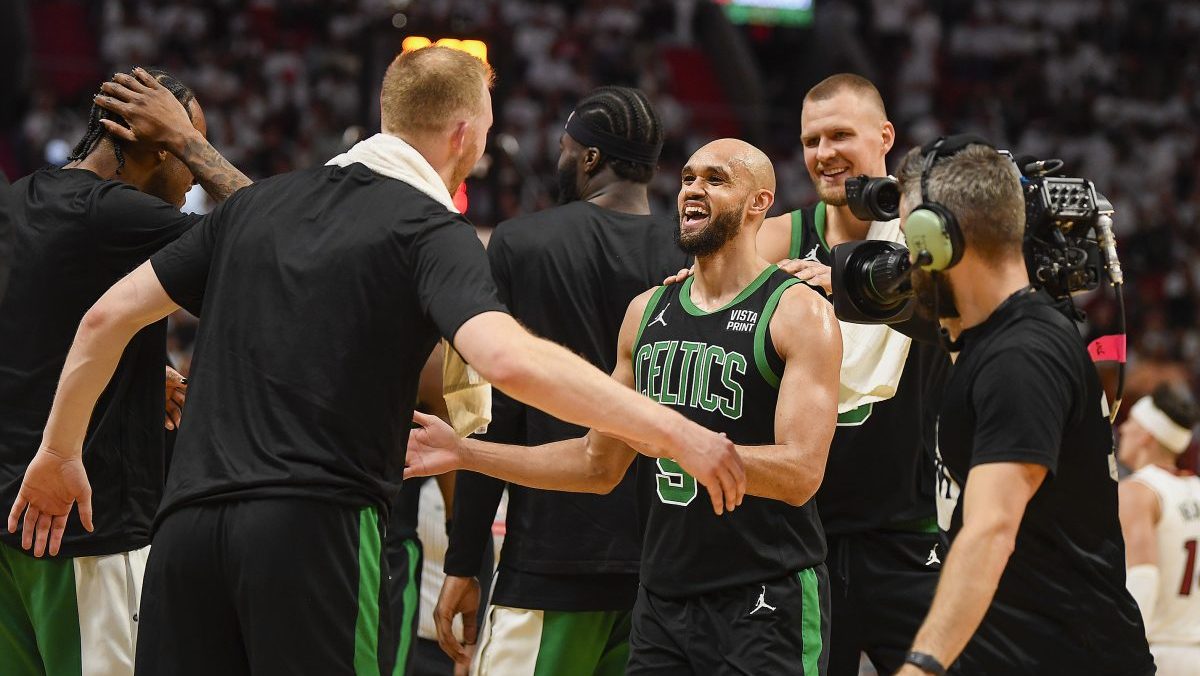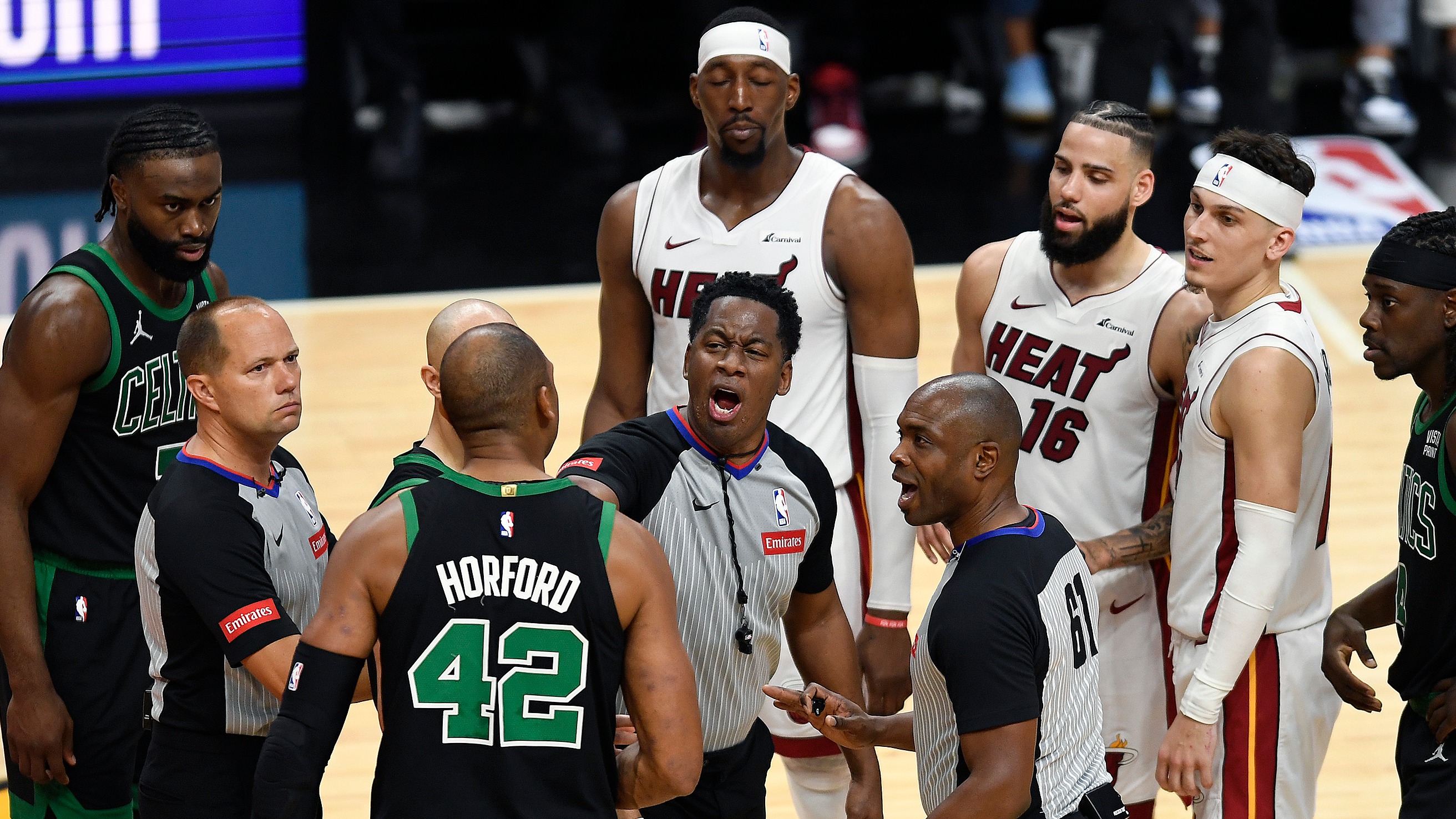As parents and students begin to wrap up remote learning for the school year, new guidance is emerging on what school may look like when it reopens in the fall after the coronavirus shutdowns – and it will likely be a hybrid model of in-class and remote learning.
The Massachusetts Department of Elementary and Secondary Education – or DESE – sent a seven-page memo to superintendents, assistant superintendents and the leaders of charter, special education and private schools Friday with some basic guidance for reopening schools in the fall.
Get Boston local news, weather forecasts, lifestyle and entertainment stories to your inbox. Sign up for NBC Boston’s newsletters.
"We are operating with the best information we have as of early June about how to maintain the health and safety of our students and staff in any in-person school programs and limit the risk of COVID-19 transmission," the memo said.
The document included health and safety guidelines for reopening as well as required supply items like gloves, hand sanitizer and masks and recommended ordering quantities for the first 12 weeks of school.
The document makes several assumptions, including that students will bring their own face coverings or masks to school. Schools will provide face coverings or masks for all teachers and staff who do not bring their own.
Local
In-depth news coverage of the Greater Boston Area.
“It’s hard, it’s really hard,” said Oxford parent Debra King. “We do need to do something because the remote learning, for some of them, it’s just not working.”
The superintendent of Oxford Public Schools sent a letter to parents Sunday night, saying the Commissioner of DESE “indicated that we should expect schools to have a blended model of learning in the fall.”
She said schedules being considered include switching between remote learning and classroom instruction “every other week or every other day.”
Oxford 8th grader Andrew Schultz said, “It’s going to be tough because you get in the flow of learning all the stuff and then you just have to switch to home suddenly, it’s like, it’ll be a disruption.”
DESE released guidance on required safety supplies for re-opening schools Friday – outlining isolated classes of 10 students max, physical distancing, and mandatory masks.
“Depending on where things are when we get there, I think it would be a good idea because I do still think we’re going to need to do that social distancing,” said Elizabeth Rogers-Wright, a parent and teacher in Worcester, “I also, as a working parent, think it’s going to be very hard.”
Oxford parent Lisa Schultz said, “It’s tough for parents because every other week – it’s like okay every other week what are the parents going to do for -- not everybody’s able to work from home.”
More comprehensive guidance on special education programs is expected to be released later this week. Final summer school guidance and initial guidance on fall reopening will be released in the coming weeks.
According to the memo, some of the guidelines for reopening include:
Staying home if sick: As the social contract of reopening, students and staff must stay home if they are feeling sick or have any symptom associated with COVID-19. This means that schools will need to have enhanced protocols in place for managing staff and student absences.
Face coverings and masks: Students and staff must wear face coverings or masks, with exceptions only for those students or staff for whom it is not safe to do so due to age, medical conditions, or other considerations. In cases in which face coverings or masks are not possible, social distancing of six feet is required, unless not feasible due to the personal situation. Parents will be responsible for providing students with face coverings or masks. Schools must have backup disposable masks available for students who need them. Staff may choose to wear their own mask or one provided by the school.
Frequent hand washing and hand sanitizing: All students and staff must engage in frequent hand washing, including upon arrival, before and after meals, after bathroom use, after coughing or sneezing, and before dismissal. Protocols must be established for effective hand washing in which individuals use soap and water to wash all surfaces of their hands for at least 20 seconds, wait for visible lather, rinse thoroughly, and dry with an individual disposable towel. If hand washing is not available, hand sanitizer with at least 60 percent alcohol content can be used.
Maintaining six feet of separation at all times: All students and staff must maintain a social distance of six feet to the greatest extent possible. Desks must be spaced at least six feet apart and facing the same direction, and protocols must be developed to maintain this distance when students are entering and exiting the building and moving through the school (including to and within restrooms) when feasible.
Isolation and discharge protocols for students who may become ill during the day: Schools must develop protocols for isolation and discharge of students who become sick during the school day. A specific room must be maintained for students with COVID-19 symptoms that is separate from the nurse’s office or other space where other ailments are treated.
Smaller, isolated groups of students assigned to one teacher: Successfully implementing six feet of social distancing will require significantly smaller class sizes and reduced staff-to-student ratios. Furthermore, where feasible, programs should isolate individual groups of students with one consistently assigned teacher, and groups should not mix with other students or staff. At this time, group sizes are restricted to a maximum of 10 students, with a maximum of 12 individuals, including students and staff, in each room.
Regular cleaning, sanitizing, disinfecting, and disposal protocols: Schools will need to undertake new protocols and routines to ensure that facilities and surfaces are regularly cleaned, sanitized, and disinfected in accordance with health and safety guidelines and that hazardous materials are disposed of properly.
Entry screening and other facility operations: While additional information about symptom screening and other facility operations will be provided in the coming weeks, it is not recommended to temperature check students at entry due to the significant number of both false positive and false negative results.
The state is expected to release the full plan in mid-June, with little leeway for districts to deviate from it.



